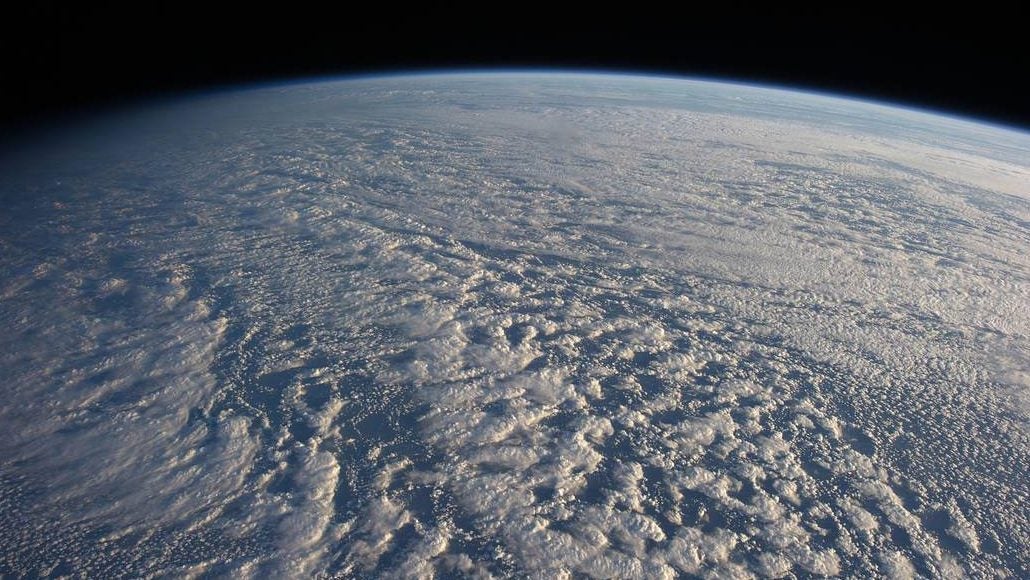We’re on track for a cloud-cover tipping point that could add 8°C of warming within a century
Right now, clouds are likely covering roughly two-thirds of the Earth. And they’re doing us a huge favor: They reflect a lot of sunlight, preventing the planet from warming as much as it would without them.


Right now, clouds are likely covering roughly two-thirds of the Earth. And they’re doing us a huge favor: They reflect a lot of sunlight, preventing the planet from warming as much as it would without them.
Over open ocean, stratocumulus clouds—low, thick, and blanket-like—are especially crucial. They shade about 20% of the world’s oceans, particularly in the subtropics.
And a new analysis using a sophisticated computer simulation warns that climate change may cause the disappearance of stratocumulus clouds in a century and a half. That could cause a spike in warming not seen since a disastrous time in Earth’s history 56 million years ago, when palm trees grew in the Arctic, seawater was 104°F in the tropics, and temperatures on land were lethal in places.
The findings, reported in the journal Nature Geoscience, are that if CO2 concentrations reach 1,200 parts per million—which the planet is on track to hit within 100-150 years, barring major action to curb emissions—stratocumulus clouds would begin to break up. That would rapidly add 8°C of warming, on top of the already-disastrous 4°C of warming above pre-industrial global averages that CO2 emissions would cause by that point. And they wouldn’t go back down until CO2 levels fell again.
The study fills a gap that long confused scientists in climate models. In a feature exploring these findings in Quanta Magazine, Natalie Wolchover reports that up until this point, scientists didn’t fully understand why, 56 million years ago, the planet went through such a dramatic warming period. The temperatures during that period, known as the Paleocene-Eocene Thermal Maximum, were more extreme than climate models suggested it should have been based on factors like CO2 concentration and plant cover; obviously something was missing from the models.
“It’s quite clear at this point that the answer is clouds,” Matt Huber, a paleoclimate modeler at Purdue University, told Quanta.
Once clouds are taken out of climate simulations, the climate “goes over a cliff,” Kerry Emanuel, a climate scientist at the Massachusetts Institute of Technology, said. Emanuel was not involved in the new Nature Geoscience, but told Quanta the findings were “very plausible,” though more research will be needed to be sure the findings can be reproduced.